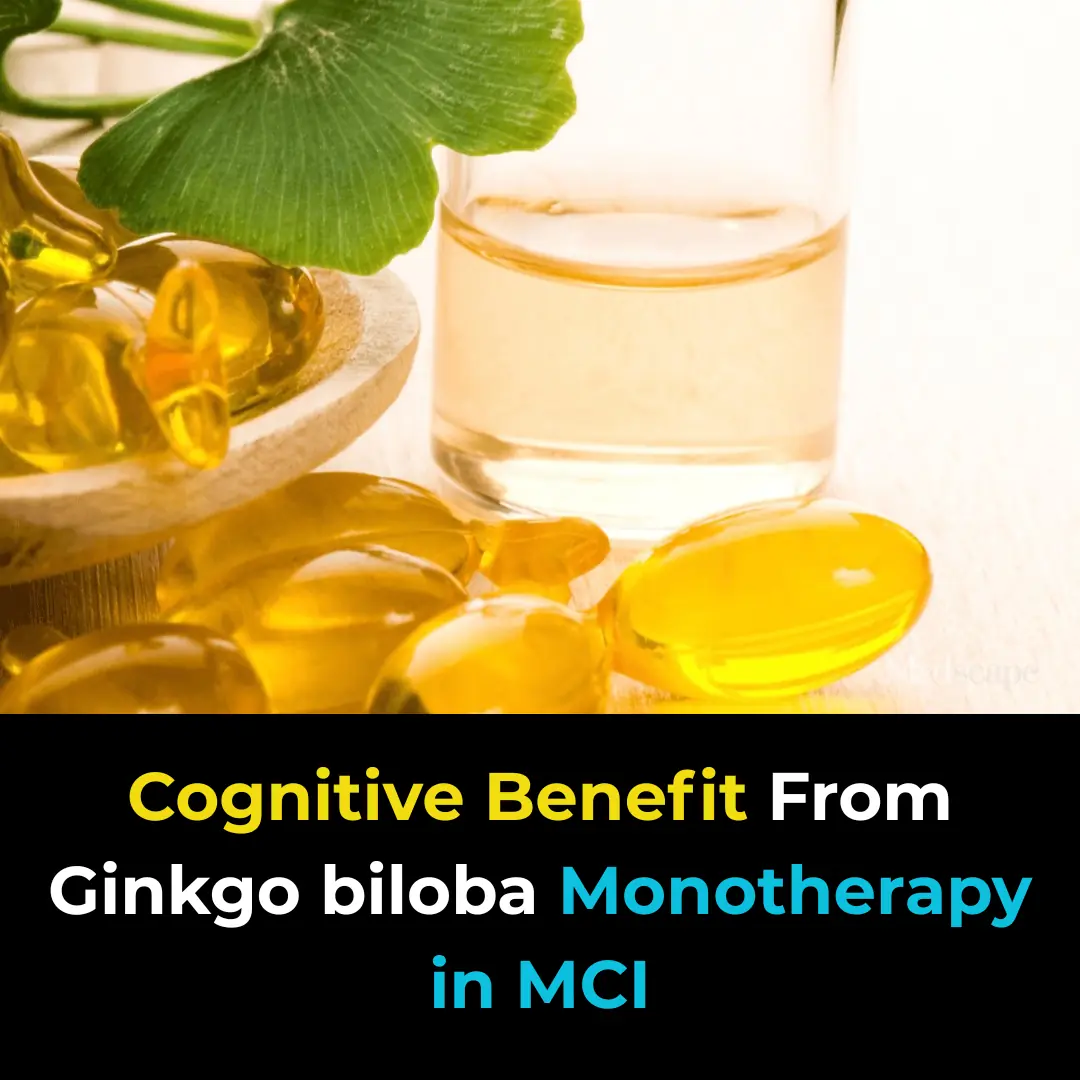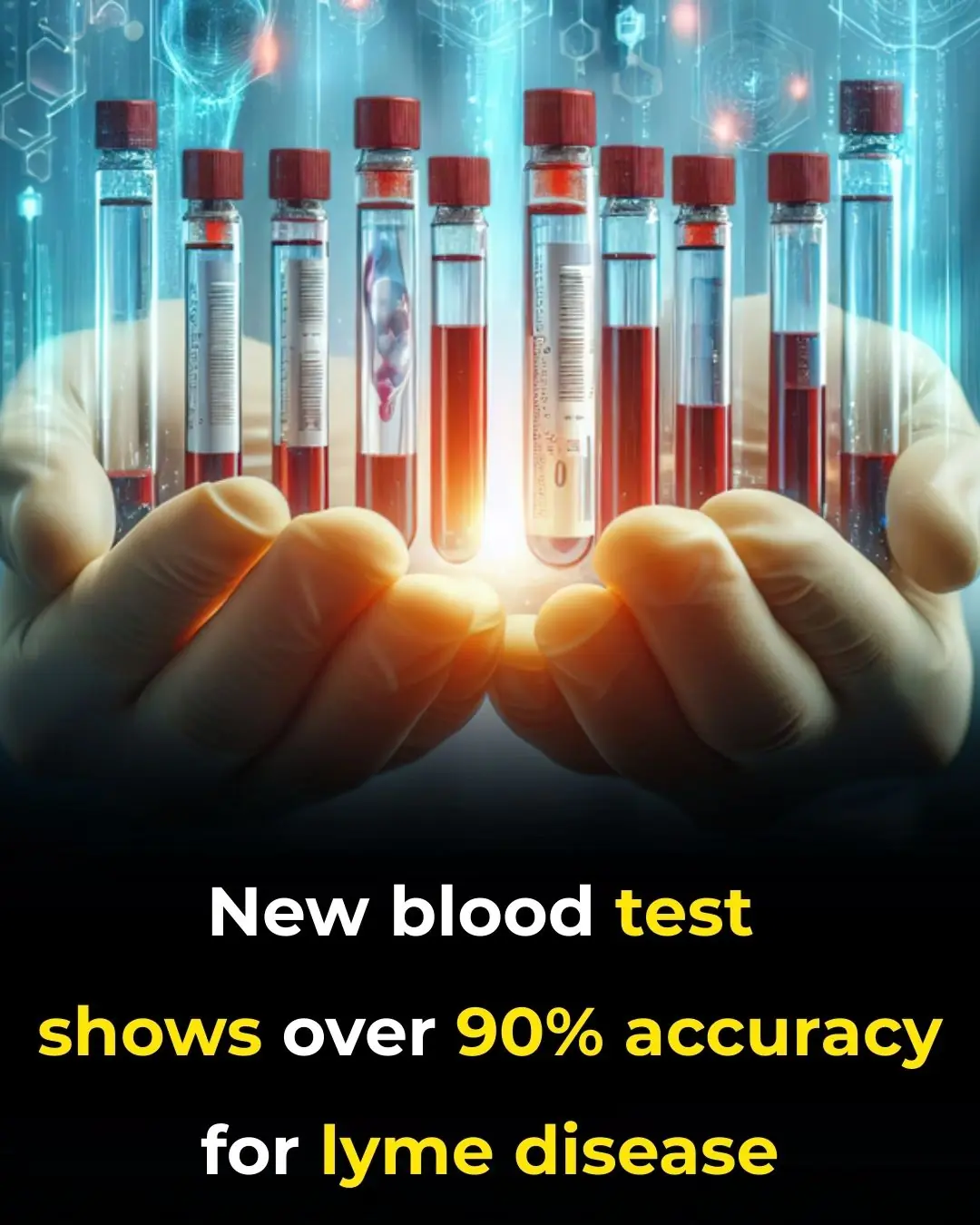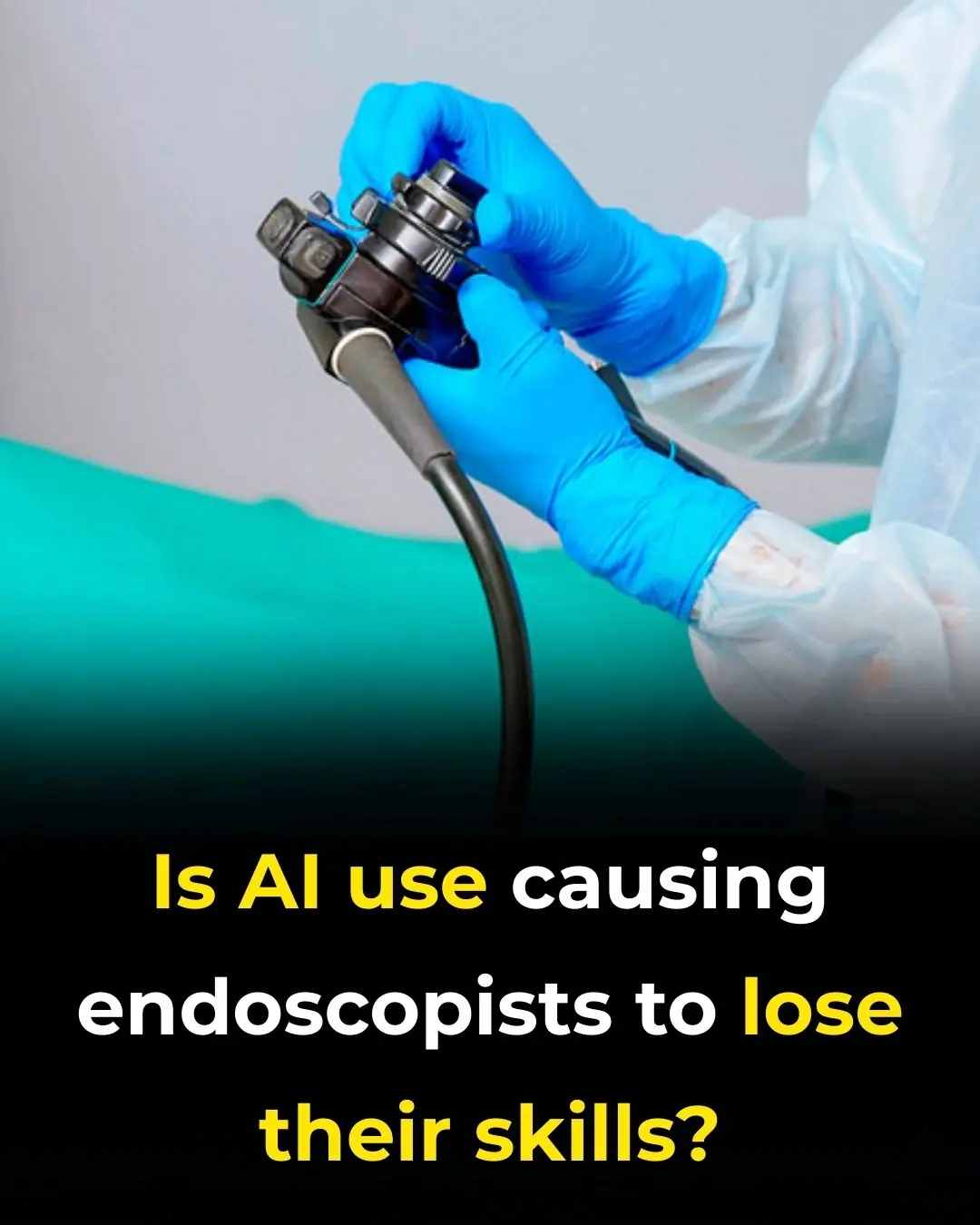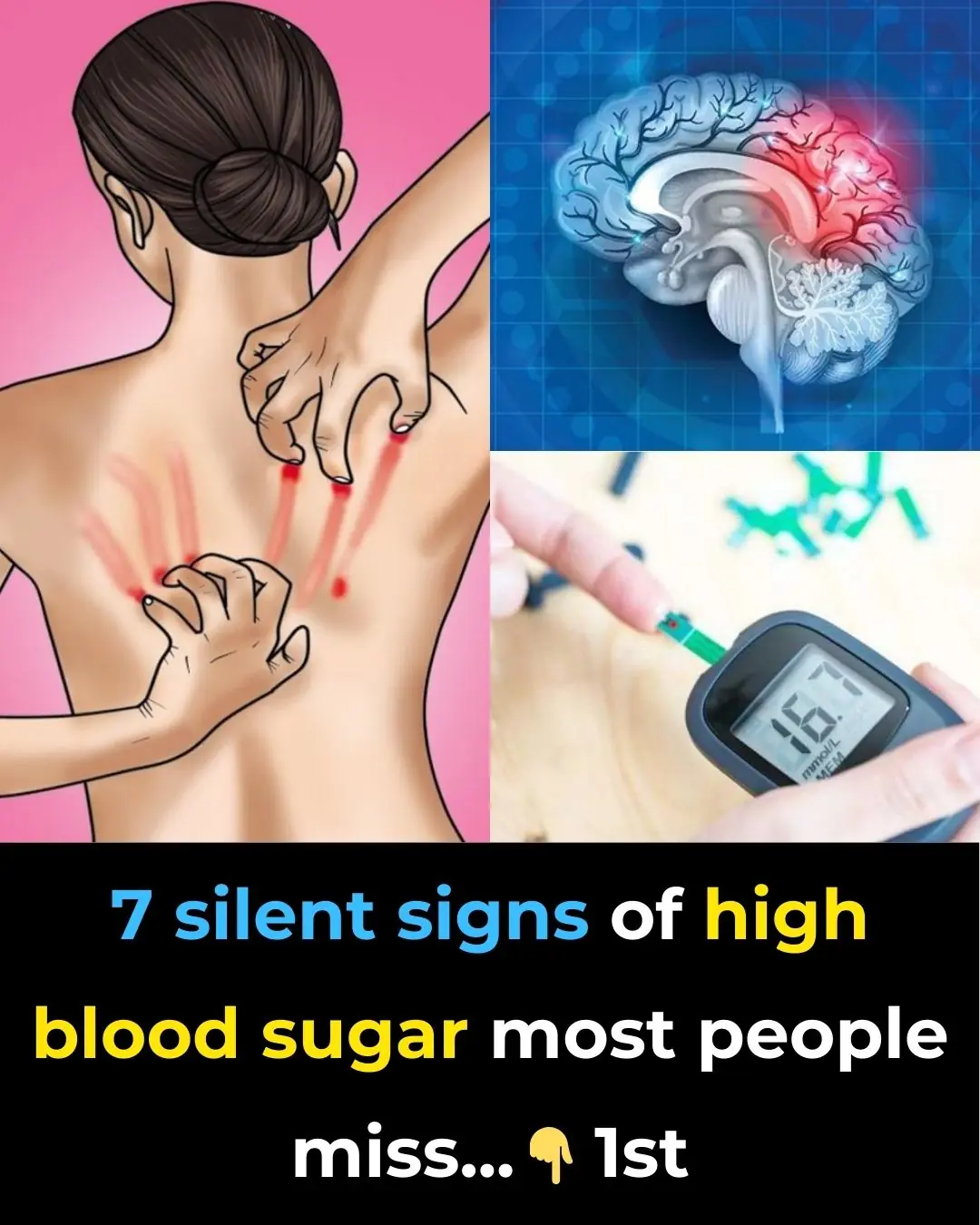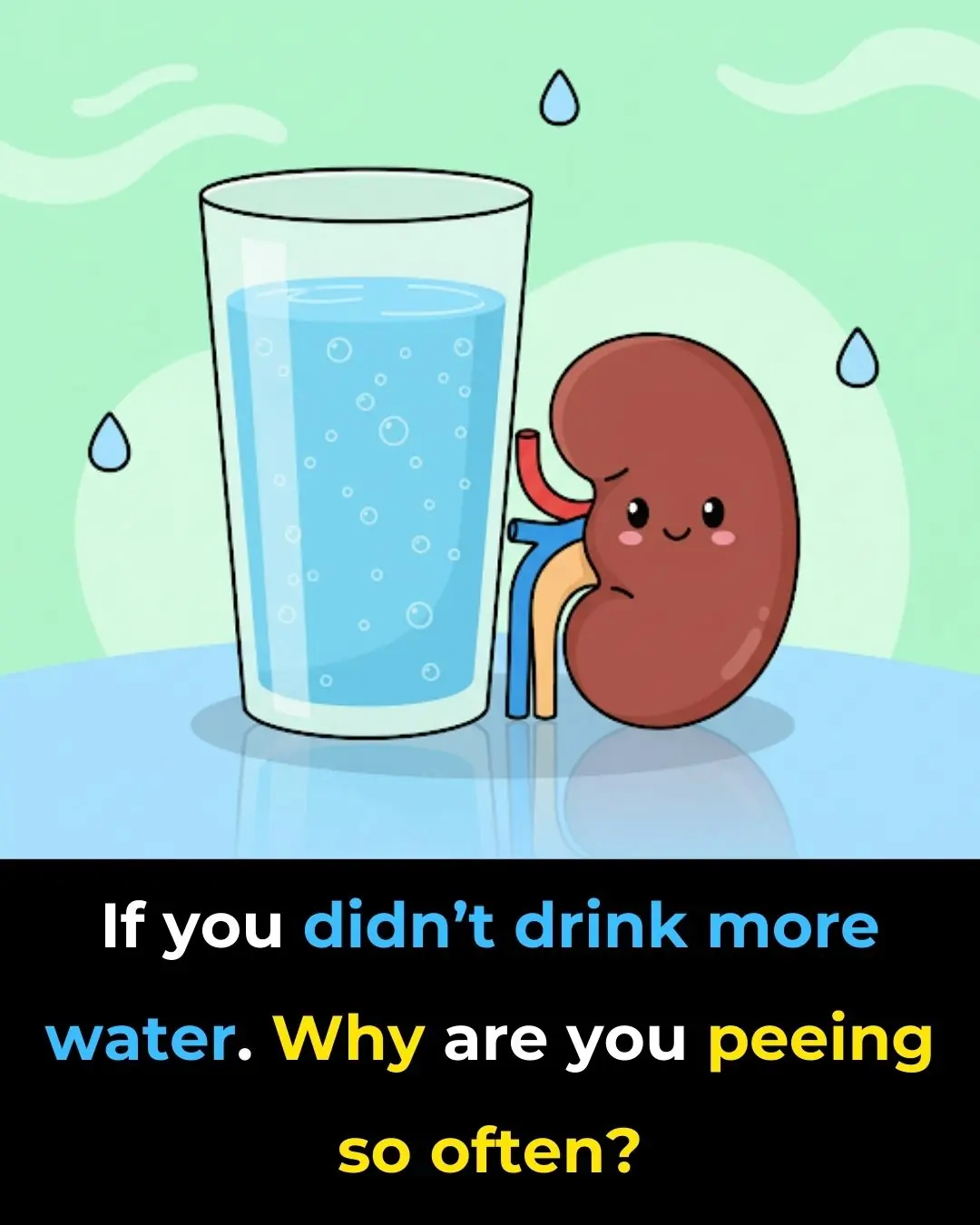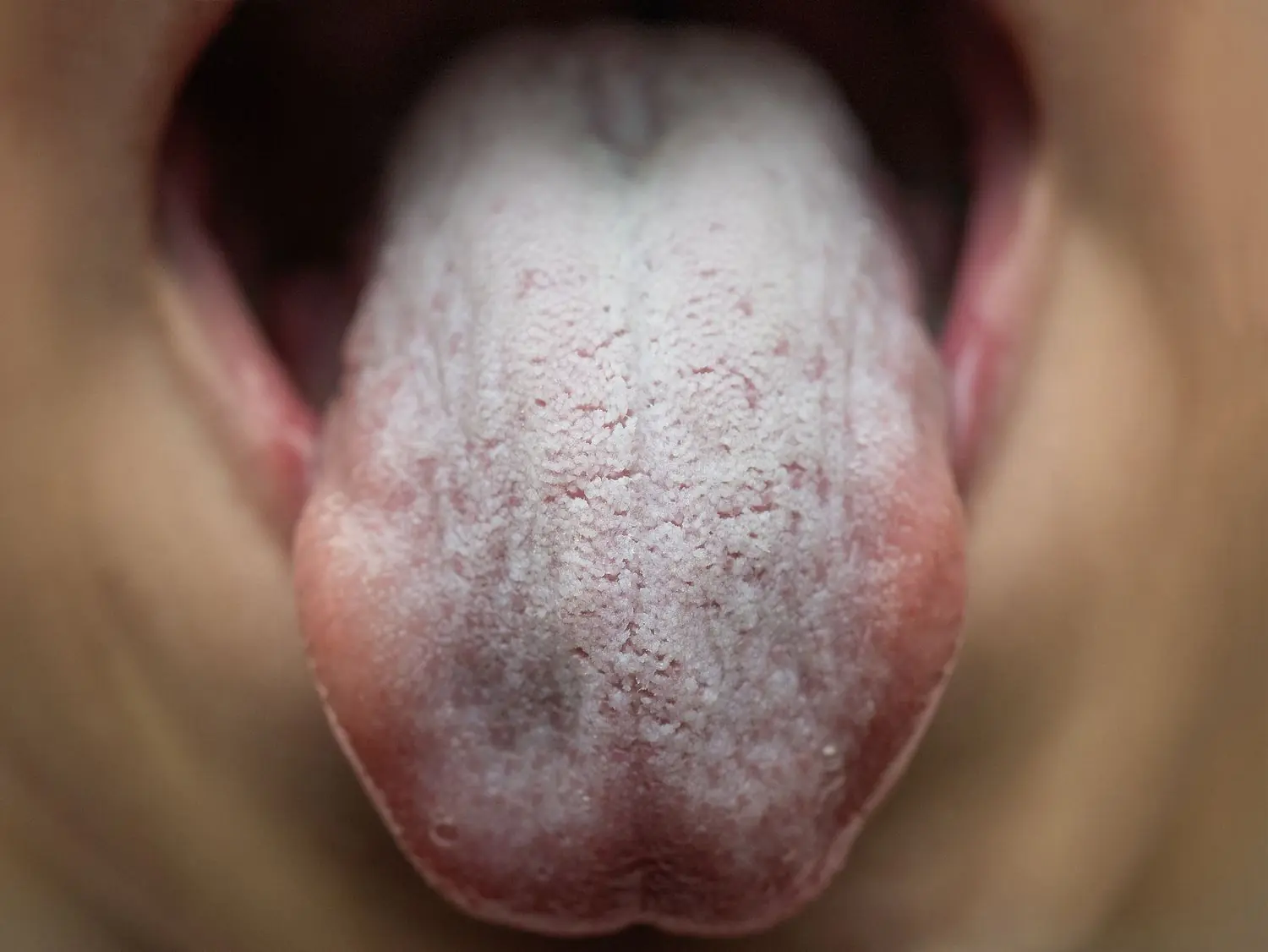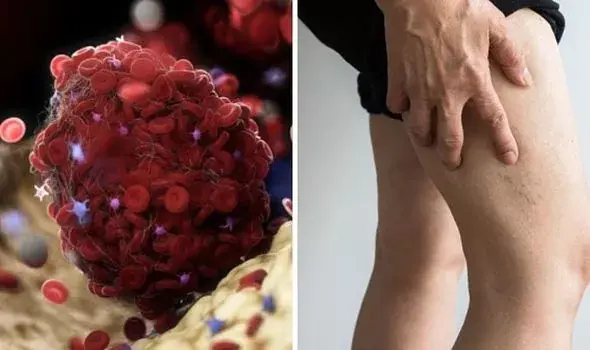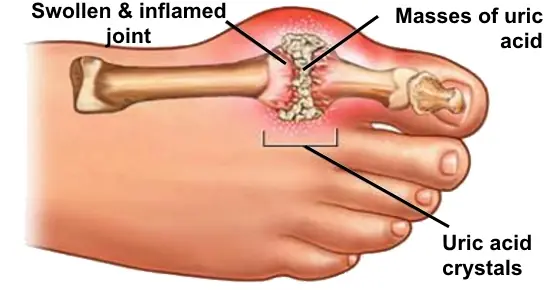SAN DIEGO — In light of significant advances over the past six years, it's time to update the guidelines for treating hidradenitis suppurativa (HS), according to a dermatologist speaking at the 2025 CalDerm-Pacific Dermatologic Association (PDA) Joint Meeting.
“The 2019 North American guidelines are really outdated,” said Jennifer Hsiao, MD, associate clinical professor of dermatology and director of the HS clinic at the University of Southern California, Los Angeles. "Two of our three FDA-approved therapies right now are IL [interleukin]-17 inhibitors, but they’re not even in the algorithm. You see a lot of things that are missing.” (The guidelines were published in two parts, one focused on recommendations for diagnosis and patient evaluation, and the second on topical, intralesional, and systemic management.)
Dr. Hsiao pointed out that the absence of these newer therapies in the guidelines poses additional challenges: "Insurance pushes back when we try to get meds for a patient" if they are not included in the guidelines.
To address this gap and help dermatologists navigate the evolving landscape of HS care, Dr. Hsiao and her colleagues recently published an updated management algorithm in the American Journal of Clinical Dermatology. The paper emphasizes the need for a “multimodal approach and treatment stacking of both medical and surgical interventions” to optimize HS management. This approach recognizes the multifactorial nature of HS and defines treatment stacking as “layering therapeutic interventions from multiple therapeutic categories.” These interventions encompass topical therapies, systemic antibiotics, hormonal and metabolic treatments, biologics, pain management, wound care, lifestyle modifications, and surgery.


